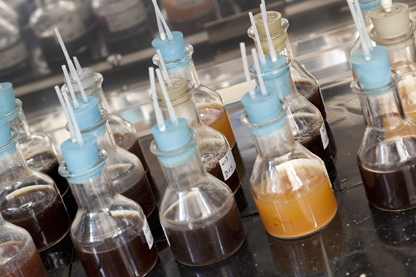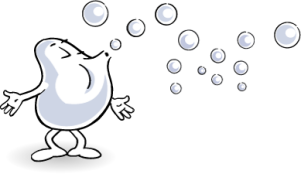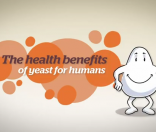Its cellular model status gives yeast possibilities broadly exploited by man. Hundreds of genes responsible for orphan diseases have thus already been identified - such as cystic fibrosis and Leigh syndrome.
The mechanisms of certain diseases such as Alzheimer, late onset diabetes or migraine have also been studied.
By using human genes in yeasts, it is possible to test the efficiency of new drugs or the effect of various substances, without having to use human or animal guinea pigs. Finally, scientific breakthroughs made in yeast have allowed the technical development of new and valuable methods and tools in research.
But we do not yet know everything about yeast! The functions of about a quarter of its genes are not yet known and many mechanisms remain to be decoded, in particular certain aspects concerning the organisation of its genome, its interaction with the environment or its evolution. The international scientific community of "yeast specialists" is dynamically focusing on these questions.
However, knowledge already acquired and the intrinsic quality of yeast, such as resistance to difficult environments or its relatively simple nutritive needs, make Saccharomyces cerevisiae a choice model on which to elaborate new molecule creation strategies aimed at nutrition, human or animal health and energy and to develop new methods and tools indispensable to the "cell factory" concept.
 Yeast is a simple living being that functions in practically the same way as human cells. It is an historical subject of fundamental research to understand cellular and genetic phenomena.
Yeast is a simple living being that functions in practically the same way as human cells. It is an historical subject of fundamental research to understand cellular and genetic phenomena.





